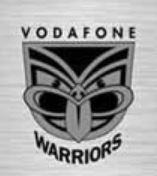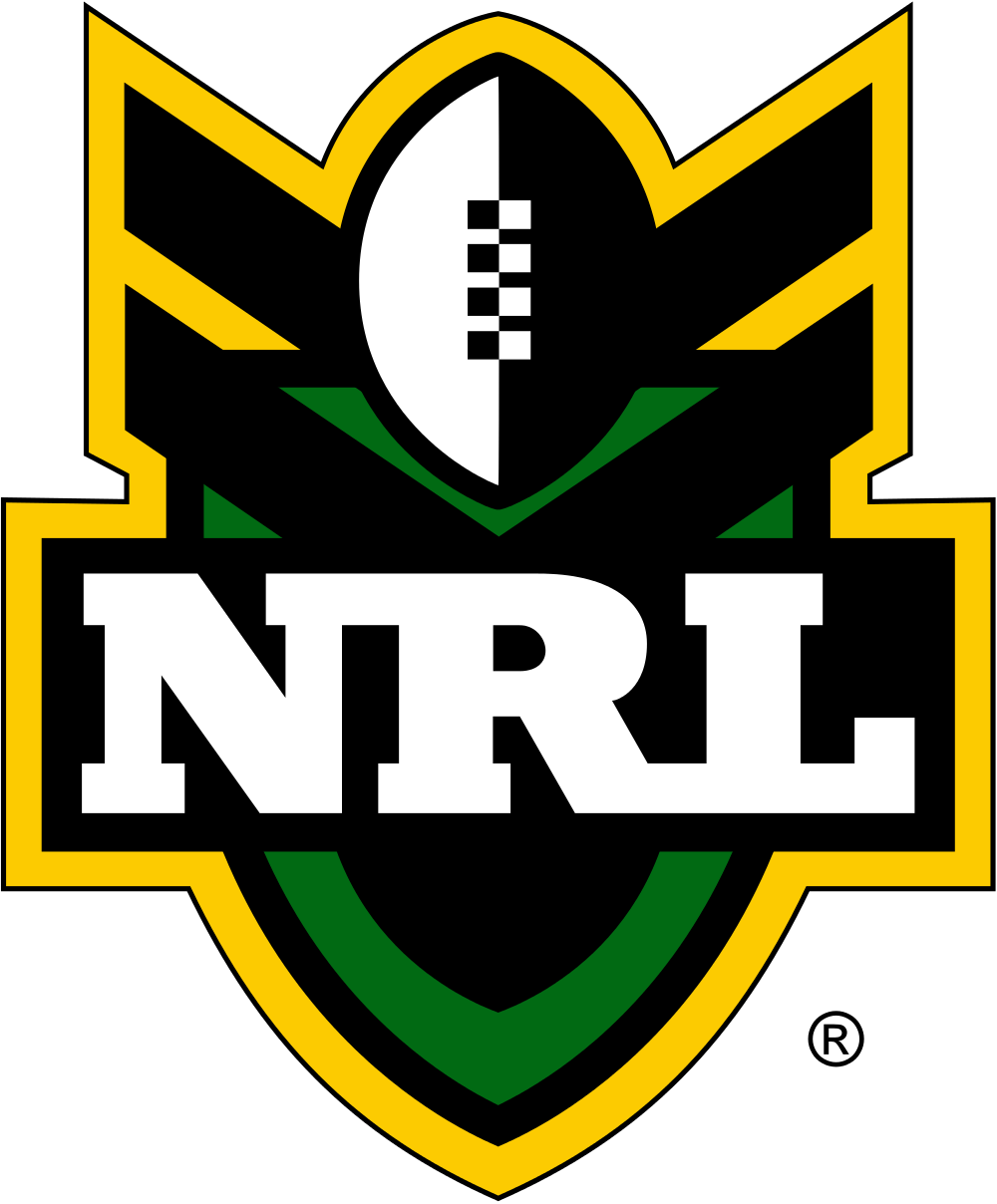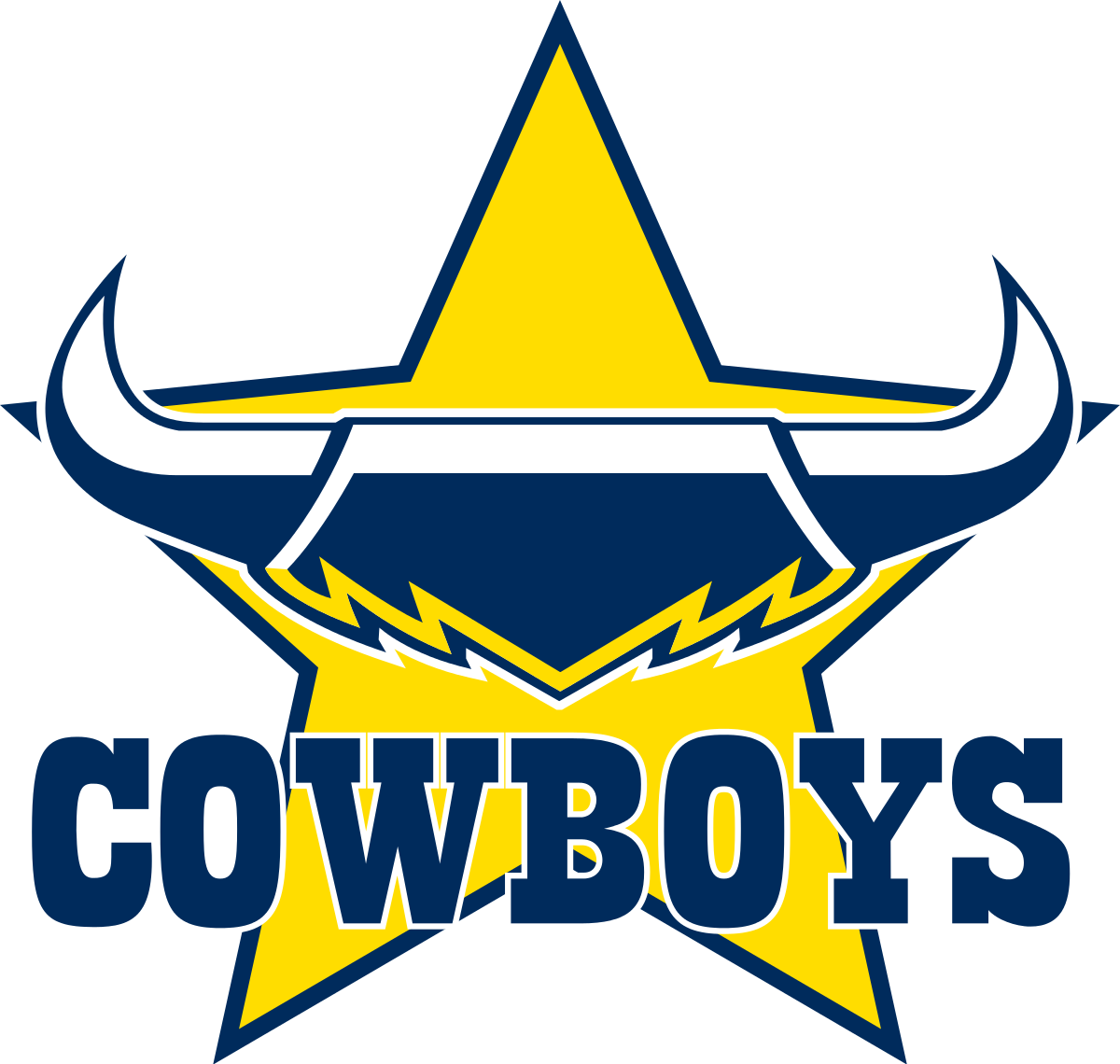Content

It will always have a debit to Merchandise Inventory if you are using the perpetual inventory method and a credit to Accounts Payable, or a debit to Purchases and a credit to Accounts Payable if using the periodic inventory method. It is similar to the sales journal because it has a corresponding subsidiary ledger, the accounts payable subsidiary ledger. Since the purchases journal is only for purchases of inventory on account, it means the company owes money. To keep track of whom the company owes money to and when payment is due, the entries are posted daily to the accounts payable subsidiary ledger. Accounts Payable in the general ledger becomes a control account just like Accounts Receivable. If we ordered inventory from Jones Mfg. (account number 789) using purchase order #123 and received the bill for $250, this would be recorded in the purchases journal as shown in (Figure).
Individual entries are still posted daily to the accounts receivable subsidiary ledger accounts, and each column total is posted at the end of the accounting period to the appropriate general ledger account. The accounts payable subsidiary ledger holds the details about all of the amounts a company owes to people and/or companies. In the accounts payable subsidiary ledger, each vendor (the person or company from whom you purchased inventory or other items) has an account that shows the details of all transactions. The final balance indicated on each subsidiary purchases journal shows the amount the company owes ABC and XYZ. Each day, individual entries are posted to the accounts payable subsidiary ledger accounts. Creditor account numbers (or check marks if the creditor accounts are not numbered) are placed in the purchases journal’s reference column to indicate that the entries have been posted.
Special Journals: Purchases and Cash Payments, Page 5
If we received a refund from the electric company on January 28 in the amount of $100, we would find the account number for utility expense (say it is 615) and record it. Which of the following is incorrect concerning the posting of the cash receipts journal? At the end of the month, the bookkeeper, or computer https://www.bookstime.com/articles/enrolled-agent-salary program, would total the A/R Dr and Sales Cr column and post the amount to the Accounts Receivable control account in the general ledger and the Sales account in the general ledger. The Accounts Receivable control account in the general ledger is the total of all of the amounts customers owed the company.
What is the purpose of a purchases journal and accounts payable record?
Definition: A purchases journal is a record of all acquisitions made on credit during a period. In other words, this is a journal that keeps track of the orders placed using vendor credit or accounts payable as well as the current balance owed to each vendor.
If the amount of all the individual accounts receivable accounts did not add up to the total in the Accounts Receivable general ledger/control account, it would indicate that we made a mistake. A typical purchases journal has several columns to record the date, vendor account, invoice date, credit terms, accounts payable balance, and other account balances. All of these columns use source documents that were acquired throughout the voucher system. The purchase order is used to record the terms of the vendor’s credit. The information in the sales journal was taken from a copy of the sales invoice, which is the source document representing the sale.
Components of Purchase Journal Entry
Another difference is that the perpetual method will include freight charges in the Inventory account, while the periodic method will have a special Freight-in account that will be added when Cost of Goods Sold will be computed. For a refresher on perpetual versus periodic and related accounts such as freight-in, please refer to Merchandising Transactions. In the cash receipts journal, the purchases journal credit can be to Accounts Receivable when a customer pays on an account, or Sales, in the case of a cash sale, or to some other account when cash is received for other reasons. For example, if we overpaid our electric bill, we could get a refund check in the mail. We would use the cash receipts journal because we are receiving cash, but the credit would be to our Utility Expense account.
- It will always have a debit to Merchandise Inventory if you are using the perpetual inventory method and a credit to Accounts Payable, or a debit to Purchases and a credit to Accounts Payable if using the periodic inventory method.
- At the end of the month, the total of the Purchases return journal will be credited to the purchases return account in the general ledger.
- While credit transactions are recorded in the Purchase book, cash purchases are entered in a general journal.
- Therefore, a purchase (journal) book is maintained to keep a clear cut track of all the purchases made during the year.
- Most companies have four special journals, but there can be more depending on the business needs.
- In the general journal, a simple transaction requires three lines—two to list the accounts and one to describe the transaction.
The balance in this list is compared with the balance in the general ledger accounts payable account. This procedure helps to verify that all the postings have been made correctly. It regularly orders food and supplies for its bar from various suppliers.
References
(Figure)Match the special journal you would use to record the following transactions. You should update your purchases journal as often as necessary to reflect the most current information. This may be daily, weekly, or monthly, depending on the type of business you run and the products and services you offer. Which of the following is not an advantage of computerized accounting systems? I enter the balance account, in this case the domestic balance account, and the difference is purchase VAT or not, and that’s set up in the charts of accounts and relates to the balance account.
What does a purchase journal do?
Simply a purchase journal can be defined as the main entry book which is used to record credit transactions (credit purchases) for resalable purposes. The Source document which is used as an evidence in recording transactions into purchase journal is Purchase invoice.
If you pay cash (usually by writing a check), for any reason, even if it is only a part of the transaction, the entire transaction is recorded in the cash disbursements journal. At the end of the month, we total the Cash column in the cash receipts journal and debit the Cash account in the general ledger for the total. In this case there were two entries in the cash receipts journal, the cash received from Baker and the refund check for an overpayment on utilities for a total cash received and recorded in the cash receipts journal of $1,550, as shown in (Figure).
Cash Receipts Journal
Most organizations have a separate purchase department responsible for the procurement of goods. So, when any person or department needs any goods, they have to send a request to the Purchase department; if the goods are already available in the stock or warehouse, the purchasing department will issue the goods. If the goods are not available, the purchasing team will identify the supplier who specializes in needed goods, and they will place the order.

We are assuming that a periodic inventory system is in use and that all purchases are recorded at their gross amounts. The totals of all columns are posted daily to the accounts specified in the column heading. The purchases ledger is a common subsidiary ledger for creditor accounts.
If it is a credit sale (also known as a sale on account), it is recorded in the sales journal. If it is a credit purchase (also known as a purchase on account), it is recorded in the purchases journal. Instead of having just one general journal, companies group transactions of the same kind together and record them in special journals rather than in the general journal. This makes it easier and more efficient to find a specific type of transaction and speeds up the process of posting these transactions. In each special journal, all transactions are totaled at the end of the month, and these totals are posted to the general ledger.






































